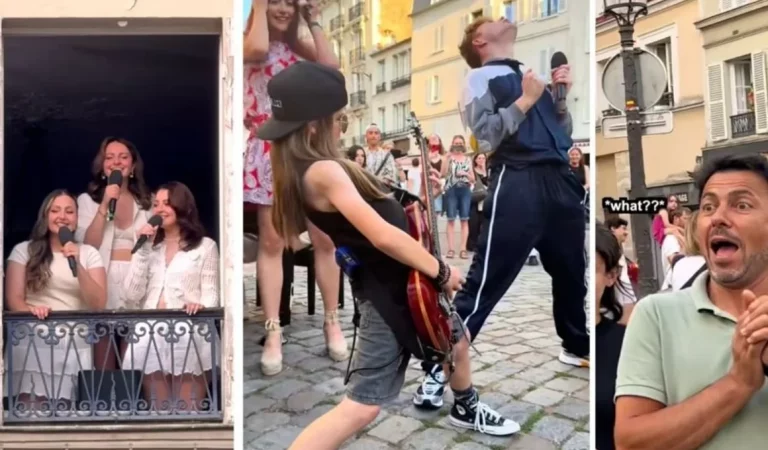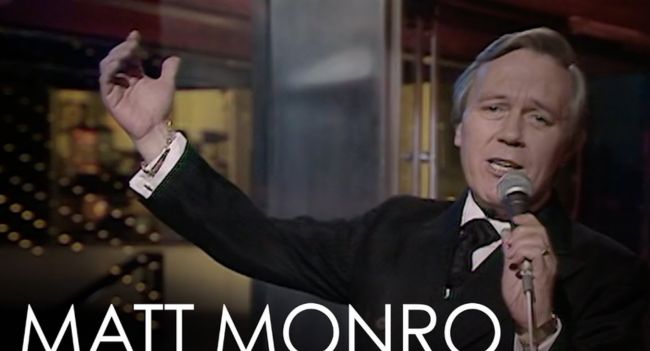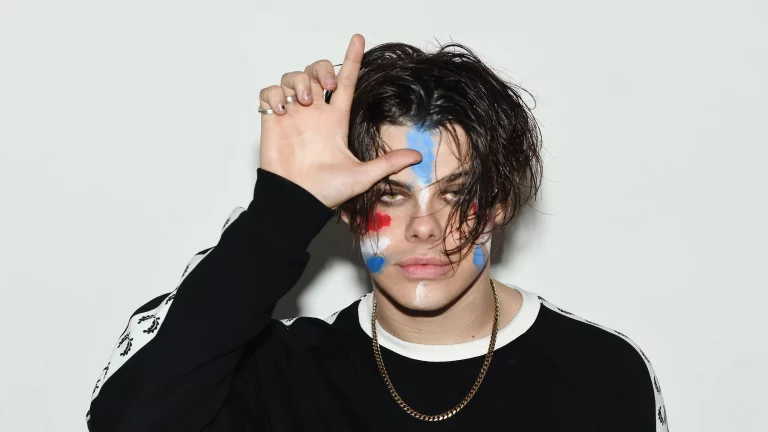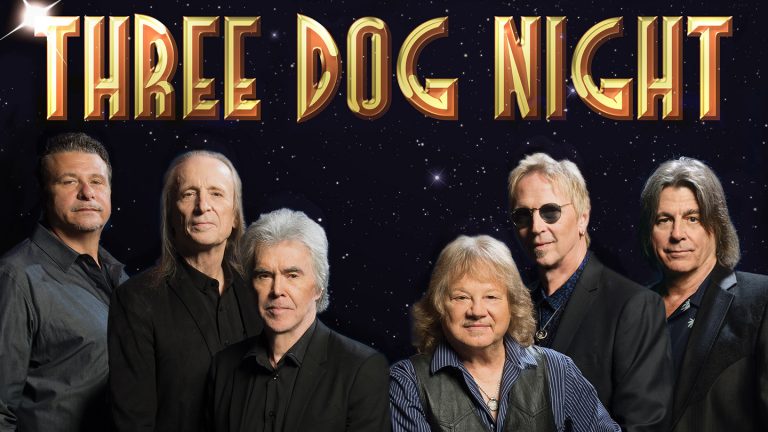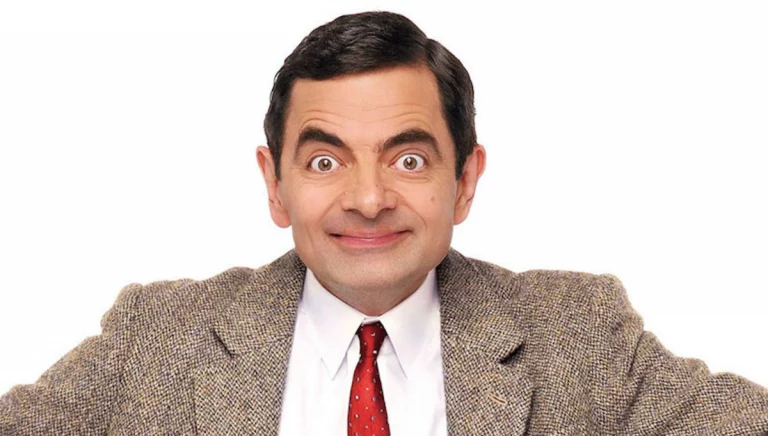On a golden summer night in Paris, the quiet charm of Place de la Contrescarpe was transformed into something unforgettable. What began as an ordinary evening quickly became a grand stage, as 30 musicians and singers gathered for a surprise flashmob tribute to Queen’s timeless anthem, Bohemian Rhapsody.
The spectacle, masterminded by pianist Julien Cohen, unfolded on July 10 and carried all the drama and magic of a live concert. Taking the lead was Britain’s Got Talent standout Mickey Callisto, whose powerhouse vocals soared through the square. But the true showstopper came from 11-year-old Welsh guitarist Olly Pearson, who stunned the crowd with a note-perfect take on Brian May’s legendary solo. Surrounded by veteran performers, the young prodigy played with a calm confidence that belied his age.
The atmosphere was electric. Voices calling out “Galileo” spilled from windows above, echoing across the cobblestones, while the audience below erupted as the operatic section erupted into rock glory. Yet when Pearson unleashed his fiery solo, time seemed to pause. Strangers cheered, phones shot into the air, and jaws dropped in disbelief.
Cohen shared videos of the flashmob on Instagram and YouTube in early September, and within two days, the performance had already amassed over 70 million views. Today, it has surged past 200 million worldwide. Pearson revealed that he was inundated with more than 10,000 messages of support from every corner of the globe, many praising his passion, precision, and courage.
“This gave me chills,” one fan commented. Another added: “Bohemian Rhapsody always hits hard, but with 30 voices echoing through Paris, it must have felt like magic.”
For Olly Pearson, nicknamed “Guitar Olly,” the viral success is just another chapter in a whirlwind year. His journey first captured hearts on Britain’s Got Talent, where his jaw-dropping audition earned him a Golden Buzzer after tearing through riffs from AC/DC and Queen. Weeks later, he made history by securing a second Golden Buzzer in the semi-final—the first contestant ever to achieve the feat in a single season.
By the May 31 final, Olly had already become a hometown hero in Wrexham, with hundreds of locals flooding newspapers and radio stations with messages of encouragement. He capped off his run with a sensational performance of Wings’ Live and Let Die blended with Queen’s Bohemian Rhapsody, earning standing ovations from the judges.
Bruno Tonioli called him “a little Brian May.”
Alesha Dixon declared, “You’re a superstar in the making—your talent is unreal.”
Simon Cowell told him, “Forget your age—you’re simply a brilliant musician, and fearless.”
Amanda Holden added, “That was world-class, and you should be incredibly proud.”
Although magician Harry Moulding eventually claimed the crown, Olly’s meteoric rise has been undeniable. From picking up a guitar at seven years old to dazzling millions around the globe before even reaching his teenage years, he has already proven himself to be much more than a talent show contestant.
As Simon Cowell summed it up perfectly: “Most musicians take decades to find their own sound. You already have yours—and it’s extraordinary.”

